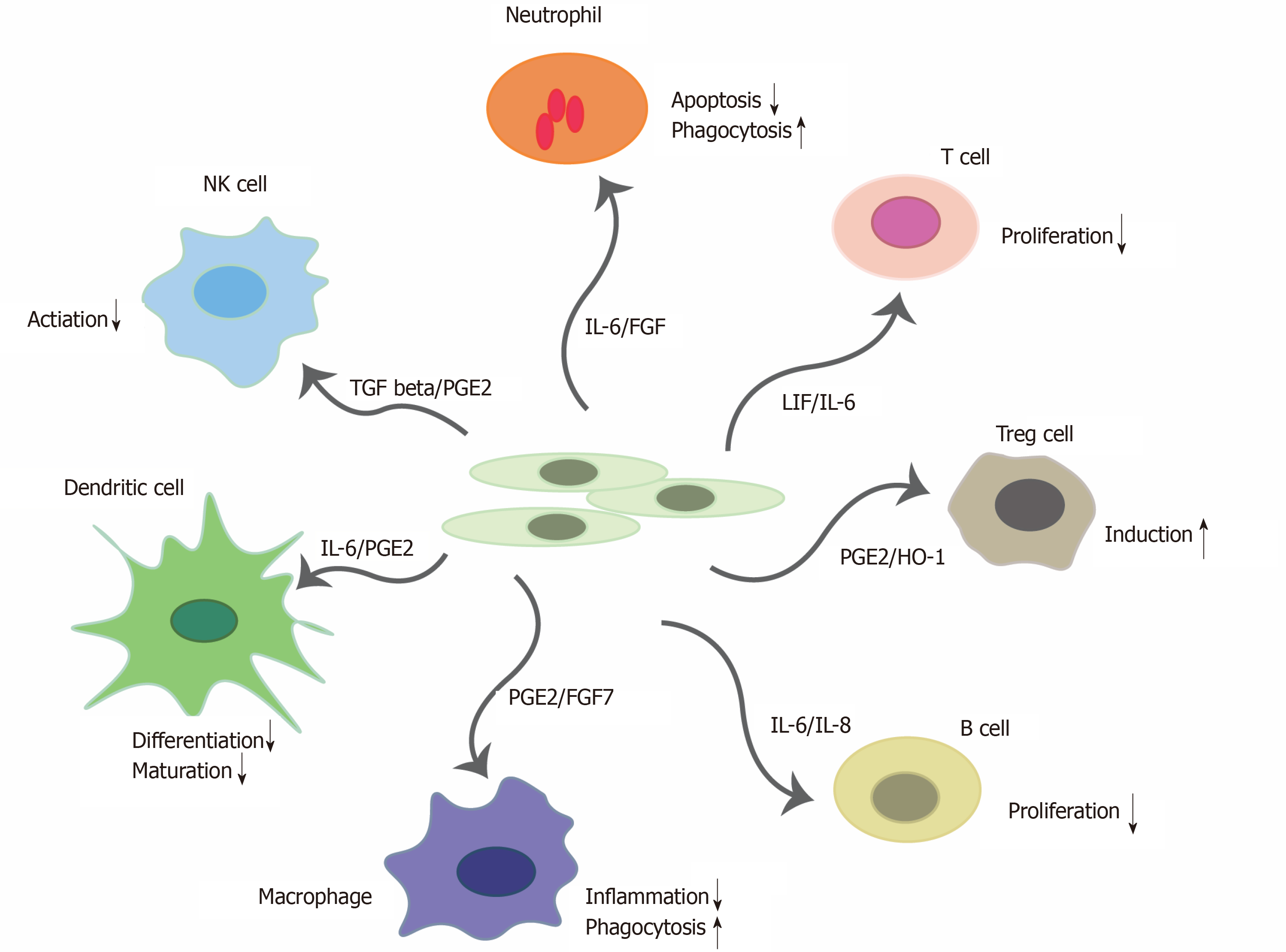
However, all of these sources produce progenitor populations with nuanced differences in their proliferation and differentiation potential with bone marrow-derived MSCs remaining the most understood of MSC-like cells available. Mesenchymal stem cell-like cells have been observed in a variety of tissues including skin, muscle, umbilical cord, placenta, corneal stroma, and dental pulp of deciduous teeth. Furthermore, researchers have searched for MSCs in other more readily accessed tissues that can be isolated through less invasive means. One avenue of research is differentiating these cells into cell types that originate from different germ layers. 14,20 Due to these attractive properties, MSCs have become a favored source of cells for the engineering of mesenchymal tissues, the main building blocks employed for plastic and orthopedic reconstruction.ĭue to their immune-privileged status, many researchers are attempting to expand upon the utility of MSCs. This is a potentially attractive concept where cells could be sourced from stem cell banks for tissue engineering.

MSCs have the advantage that they do not express MHC class II markers and several studies have suggested they are relatively immune-privileged and may be used as allografts. Gurtner MD, FACS, in Plastic Surgery: Volume 1: Principles, 2018 Mesenchymal stem cellsĬlassically, MSCs were derived from bone marrow and used as connective tissue progenitors (cartilage, bone, fat, and muscle).


 0 kommentar(er)
0 kommentar(er)
